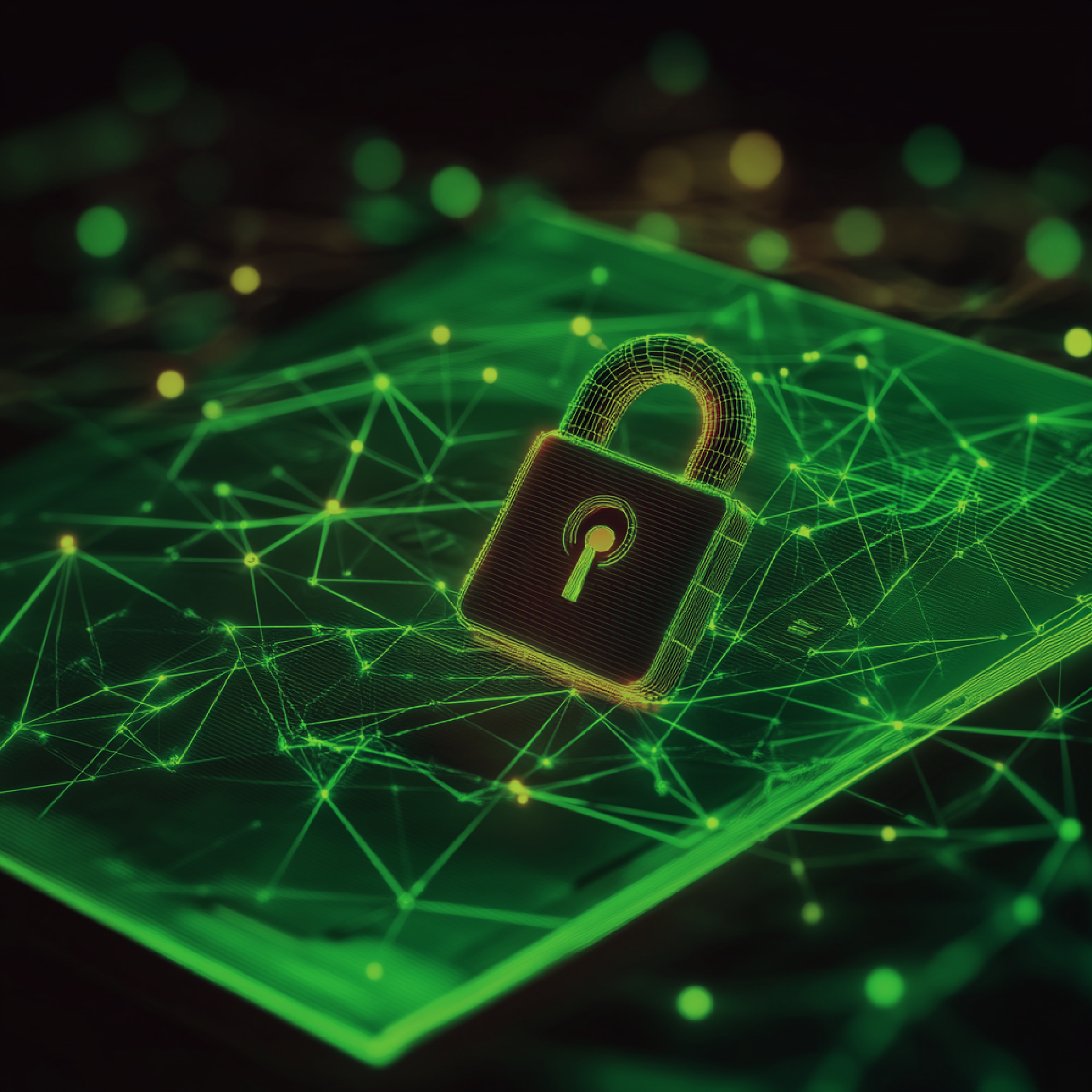
Beyond the Ink
Exploring the Technology Behind Electronic Signatures
Electronic signatures have revolutionised how businesses handle contracts, agreements, and other important documents. What was once a lengthy, paper-based process has now become fast, secure, and efficient thanks to digital technology. But how exactly do electronic signatures work, and what makes them so secure and reliable? In this blog post, we’ll explore the technology behind electronic signatures and how it’s transforming the way we sign documents.
What Are Electronic Signatures?
At their core, electronic signatures are a digital method of signing documents without the need for physical paper or pen. They can take many forms, from a simple scanned image of a handwritten signature to more advanced cryptographic systems. The purpose of an e-signature is the same as a traditional signature: to demonstrate agreement and intent to the content of the document. However, unlike ink-based signatures, esignatures utilise sophisticated technology to enhance security, reliability, and ease of use.
How Do Electronic Signatures Work?
esignatures leverage a combination of software and cryptographic algorithms to validate the identity of the signer and the integrity of the document. There are generally two main types of esignatures:
Basic Electronic Signatures:
These are simple, like a typed name or a scanned signature image, and are often used for non-sensitive documents. While they offer convenience, they may lack the higher security and authenticity of more advanced signatures.
Digital Signatures:
This is the more secure type of e-signature, which relies on cryptographic technology. When a digital signature is applied, the signing platform uses a private key (known only to the signer) to encrypt the signature. A corresponding public key, which anyone can access, can then be used to verify the authenticity of the signature and ensure that the document hasn’t been altered.
The Role of Cryptography
The security of electronic signatures is largely due to the use of cryptographic techniques. Digital signatures, in particular, utilise public-key cryptography, which involves two keys: a private key (known only to the signer) and a public key (accessible to anyone).
When the signer applies their signature, the system generates a unique “hash” based on the document’s content. This hash is encrypted using the signer’s private key, creating the digital signature. The encrypted hash, along with the public key, allows anyone to verify the signature and confirm that the document hasn’t been tampered with since it was signed. If even a single character in the document is changed, the hash will no longer match, providing a clear indication that the document has been altered.
Authentication and Verification
Another crucial aspect of e-signature technology is authentication. To ensure that the signature comes from the intended person, many e-signature platforms use multi-factor authentication (MFA). This can include email verification, one-time passwords (OTPs), or even biometric data like fingerprint or facial recognition. By adding these layers of security, esignatures ensure that only authorised individuals can sign documents.
The verification process, facilitated by the digital signature’s encryption and key-pair system, guarantees that the signed document can be trusted. This is especially important for high-value contracts, legal agreements, and sensitive information exchanges.
Audit Trails and Transparency
One of the key technological advantages of esignatures is the creation of an audit trail. This feature allows both the sender and the recipient to view the entire history of the document, including when it was sent, opened, and signed. The audit trail provides transparency and accountability, ensuring that there is a clear record of who signed the document and when.
Conclusion
The technology behind electronic signatures goes far beyond simply replacing ink with pixels. By leveraging encryption, cryptography, authentication, and audit trails, esignatures provide a secure and efficient way to sign documents digitally. As businesses continue to embrace digital transformation, understanding the mechanics and benefits of electronic signatures can help organisations streamline their workflows, enhance security, and improve overall efficiency.

